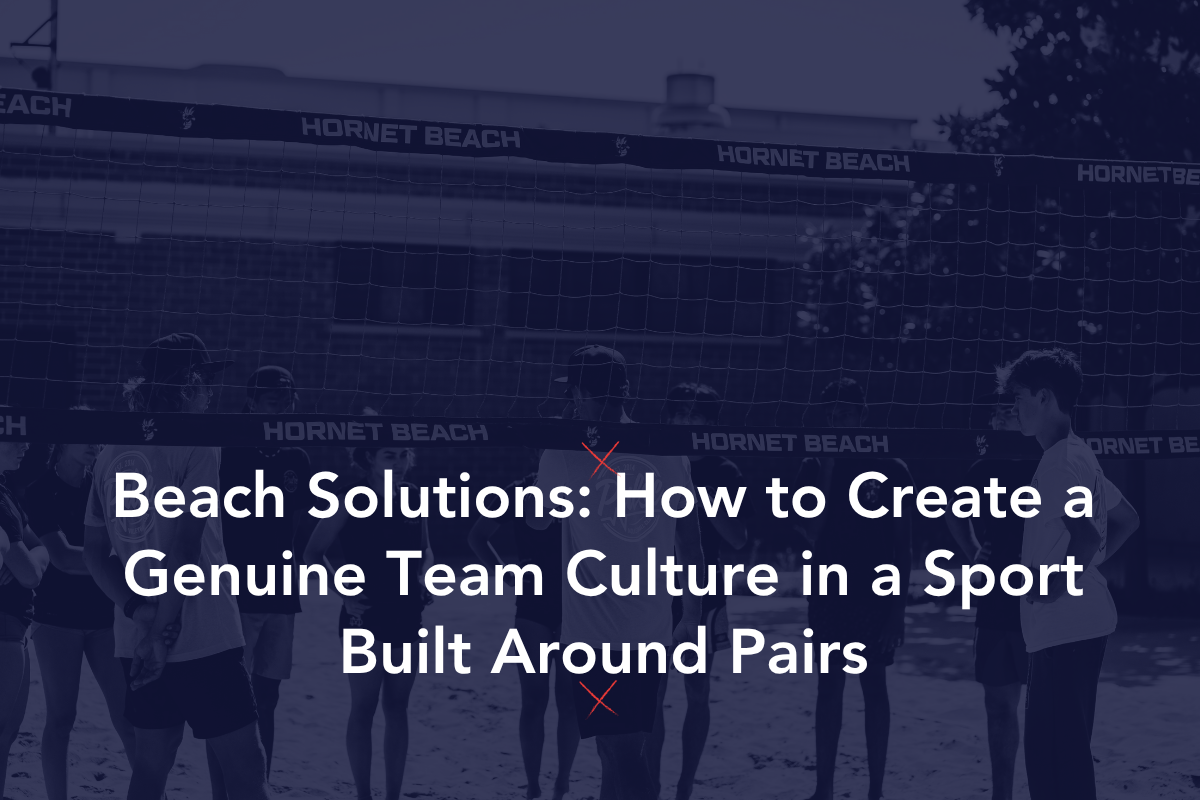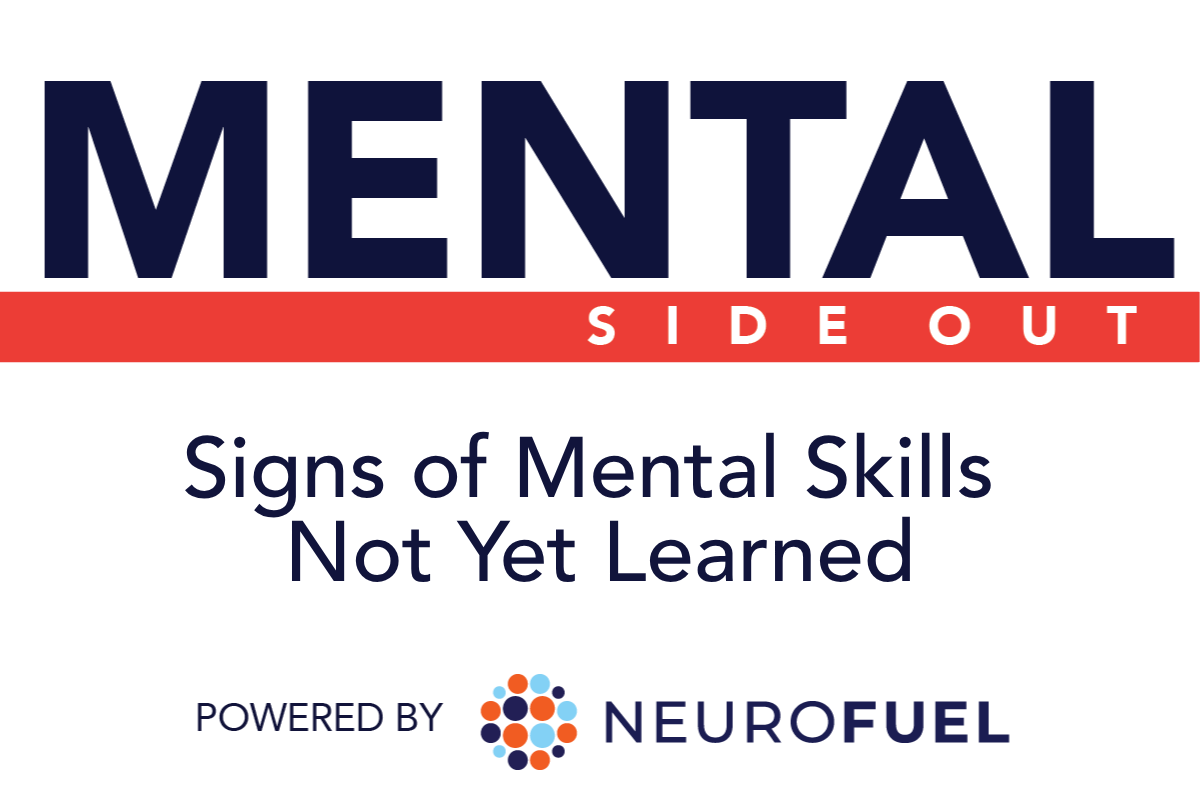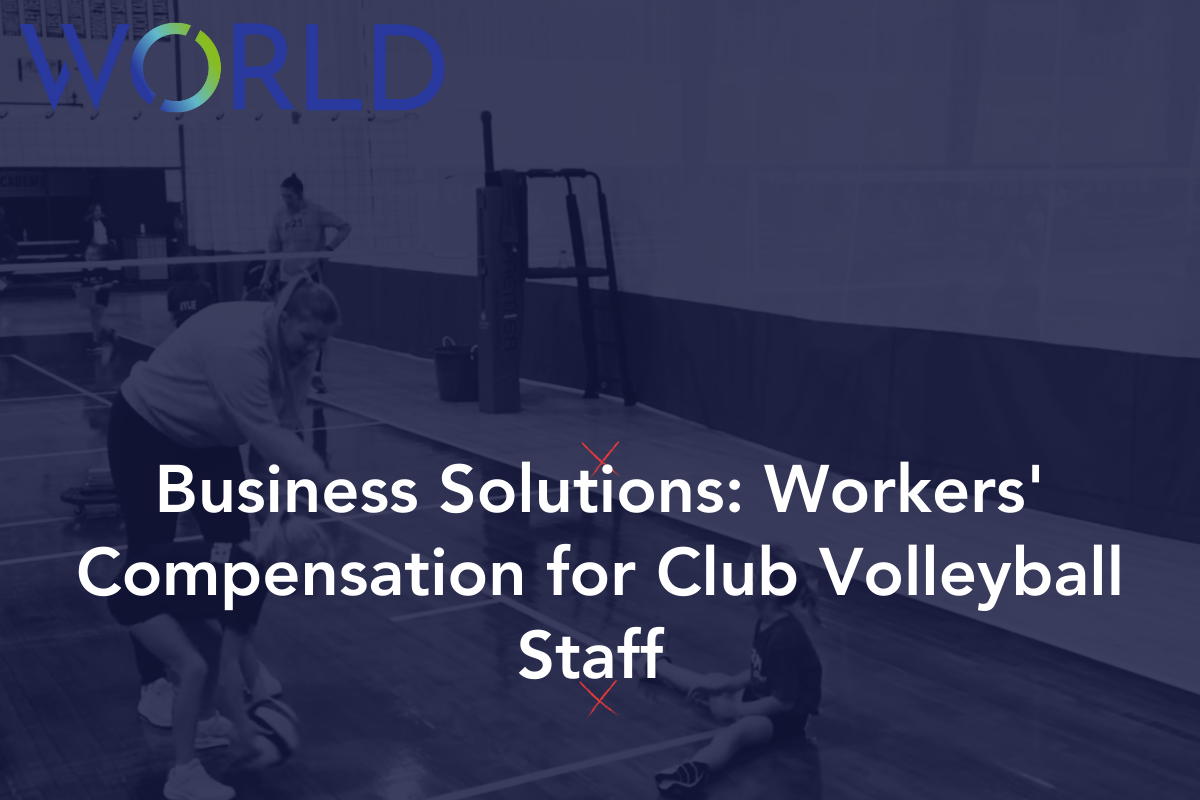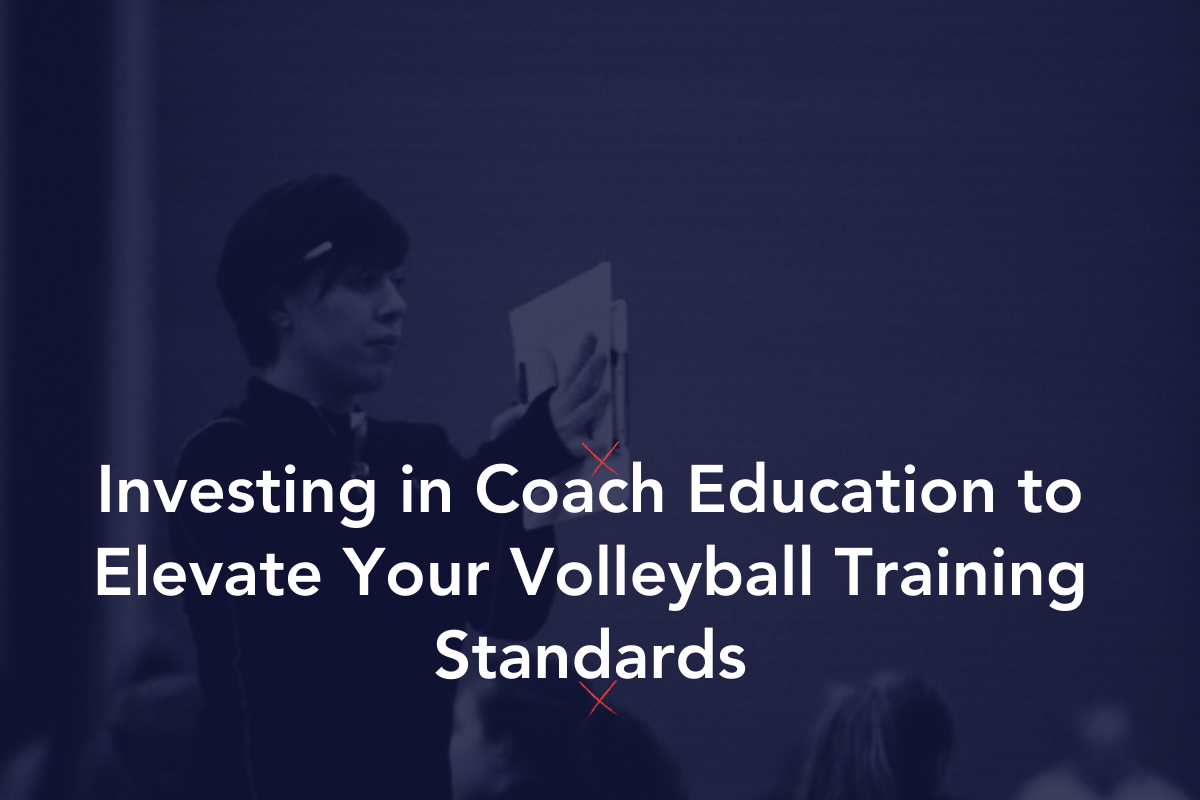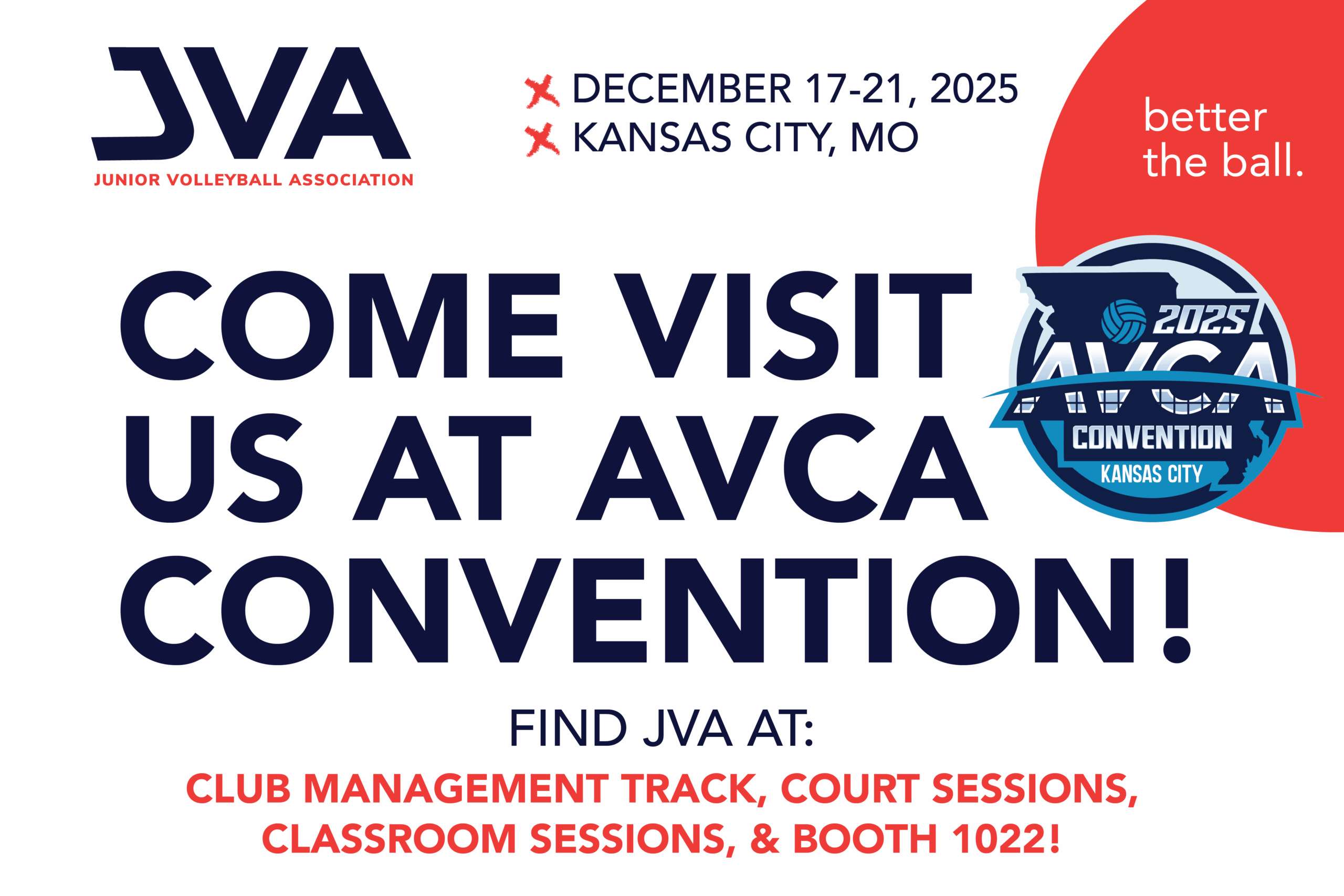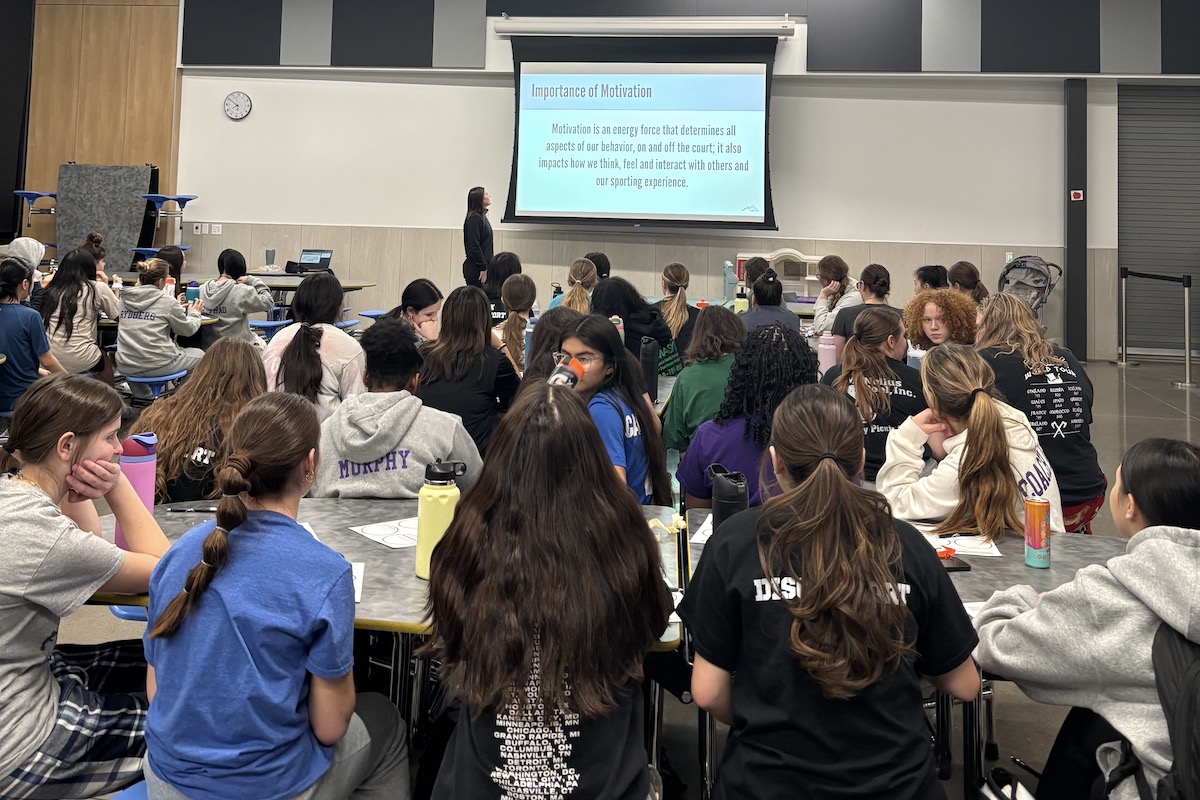Tryouts are a stressful time for everyone involved. There is no clear, right answer on the best way to hold tryouts and assign players to teams. Volleyball clubs host tryouts anywhere from July through November depending on the region, club, and age group. Some clubs offer positions on teams before, during, or after tryouts while others wait to assign teams until after a few weeks of practice. The purpose of this is not to persuade you in one direction or another, it is simply to present an extended tryout and team placement timeline as an alternative option along with the advantages and disadvantages that we (Illini Elite) have learned through experience.
Fall Volleyball Tryouts
We wait to hold tryouts in the fall until players are completely done with their school seasons. This means that high school club tryouts are in November and middle school tryouts are in March.
Advantages of Fall Tryouts:
- Players/parents:
- Players can wait to decide whether they want to play club volleyball and where they want to play until after the school season.
- Players who do not make their school team may decide not to continue with club volleyball and do not have to worry about losing out on a deposit.
- Players who were unsure if they wanted to play over the summer may have had a great school season and decide to keep playing.
- Players and parents have time to talk with their school teammates to compare experiences and choose the club that best suits their needs.
- Players do not have to worry about where they are going to tryout or what team they will be on next season during the end of their current club season.
- Clubs/coaches:
- Coaches can wait to see how the players develop over the summer and their school season.
- Clubs can form a positive relationship with the local schools by allowing players to focus entirely on the school team during the summer training and fall competition seasons.
- Clubs/coaches do not have to focus on tryout logistics while they are busy preparing for the end of the current club season and gives them a break over summer.
Disadvantages of Fall Tryouts
- Players:
- Players are passing up on opportunities to play at clubs that have summer volleyball tryouts without a guarantee that they will make a team at the club with fall tryouts.
- Potential anxiety of club season tryouts coming up near the end of the school season.
- Clubs/coaches:
- If other clubs in your region have tryouts during the summer, you will lose out on all of the players that are convinced to sign a contract over the summer.
- Tournament registration / payment all happens between August-October. Clubs must sign up and pay for tournaments before tryouts in order to get into larger events.
- Uniform orders are rushed from a November tryout to receive everything in time for January tournaments.
- Unable to participate in December scrimmages.
- If clubs want to maintain a positive relationship with the local schools, they will need to refrain from actively recruiting during school functions to avoid distractions for the players.
It is worth noting that clubs will claim that an advantage to summer tryouts is that parents can extend their payment plans over a longer period of time. While it is true that spreading out a payment plan over an additional three months will lead to smaller payments, the alternative option is for parents to save up during those three months so that payment plans starting at the beginning of the season are more manageable. The downside to starting a payment plan three months before the club season will start is that those down payments are typically ‘non-refundable’.
Extended Tryouts
One of the huge improvements that we have made to our tryout procedure in the past few years was extended tryouts into two parts. We bring in players for a two-hour tryout by age and position in order to complete all physical testing and to get a skill evaluation in smaller groups. Then players come back on another day for a two-hour tryout by age group in order to see them compete in groups based on the positional evaluation.
Advantages of Extended Tryouts
Players have two chances on two separate days to ‘stand out’ in a good or bad way. We have had players have a really bad day at the first tryout and then work their way back into consideration by having an equally good day at the second tryout.
- Coaches have time between the two tryouts to organize their thoughts and identify what they are looking for at the second tryout.
- Some players excel at ‘drill work’ which can be a good indication of future potential. Others excel in competition which can show you what an athlete is capable of doing during live play. Having an extended period of time to watch the athlete in both environments gives coaches the opportunity to identify which athletes thrive in one situation versus the other and which athletes are similar in both environments.
Disadvantages of Extended Tryouts
- Players must be available for both dates/times in order to reap the benefits. This can be especially challenging for multi-sport athletes as winter sports are just starting up during this time.
- In competitive markets where it is a ‘race’ to land the best players, any delay is an opportunity for another club to make their commitment deadline before the end of your tryouts.
Delayed Team Placement
We complete tryouts in mid-November and begin practices the following week. Then we have roughly 4-5 weeks’ worth of practices before we assign players to specific teams. This generally works out to about 15 practices or ~45 hours of practice to evaluate players before deciding what team they will play on. The first two weeks consist of position training where we continue to evaluate players against other players in their age group and position while simultaneously instilling the fundamental skill execution that we are looking for and practice environment that we want to foster.
The following 2-3 weeks are practices in which players are broken up into ‘groups’, as opposed to teams. Players may stay in the same group throughout the process if they fit exactly where they are. They also may move groups for a variety of reasons. They may stand out in their group and get moved up or down as a result, sometimes changes are made just to see if certain players work better together, or we might just want to see two players that are competing for one spot in the same group and will move another player who we do not need to watch into another group. We always encourage players to chat with us about what we are looking for if they do not like the group that they are consistently in; but we warn them not to read too much into their group assignment for any individual day.
Advantages of Delayed Team Placement
- Spending more time on team placements inherently leads to better evaluations on skills and team dynamics. By watching the groups compete with various players plugged into different roles, coaches can tangibly see which players fit best together.
- Players can feel better about the team placement process as they see the groups being formed and changed. It can remove the perception of ‘politics’ in the decision-making process as physical results impact group placement and conversations are had about why choices are being made.
- New players have time to get comfortable while they might be intimated the first day in a new gym.
- In buying yourself more time to make what can be incredibly tough decisions about players on the bubble between your 1s vs. 2s team; 2s vs. 3s team; etc, you can reallocate all of that time and energy into the players on the bubble between making the bottom team or being cut.
Disadvantages:
- Assuming you are in a competitive market, you will lose some number of players to other clubs that are offering spots on specific teams. These are the players that care more about being on a ‘1s team’ than about playing for a specific club.
- Parents will not be able to book hotel rooms for tournaments until the end of December unless all teams in a given age group are attending the same event.
Creating ‘Buy-in’
This will likely be the most challenging aspect for any club looking to implement this tryout process for the first time. The only way to convince families to play for your club without a guarantee of what team they will be on or what coach they will have is to work to provide a positive experience for players on every team.
Some strategies that can be used to ensure every team has a positive experience can include:
- Use position training and station work so that teams are coached by a variety of different coaches throughout the course of a practice.
- Send every team to some events that will challenge them and some events where they will experience success.
- Make the cost of the season (from dues to travel costs) equitable across the teams.
- Encourage families to come to directors with concerns and actually take the time to sit down with them and come to a reasonable solution.
At the end of the day we strongly believe that we are a club and not a collection of individual teams, and that is one of the qualities that we value deeply.
For reference:
View more education on Club Volleyball Tryouts. View more education on Running a Volleyball Practice.
About the Author
Kyle Caldwell is the Associate Director at Illini Elite Volleyball Club, a JVA member club in Bloomington, Illinois.



